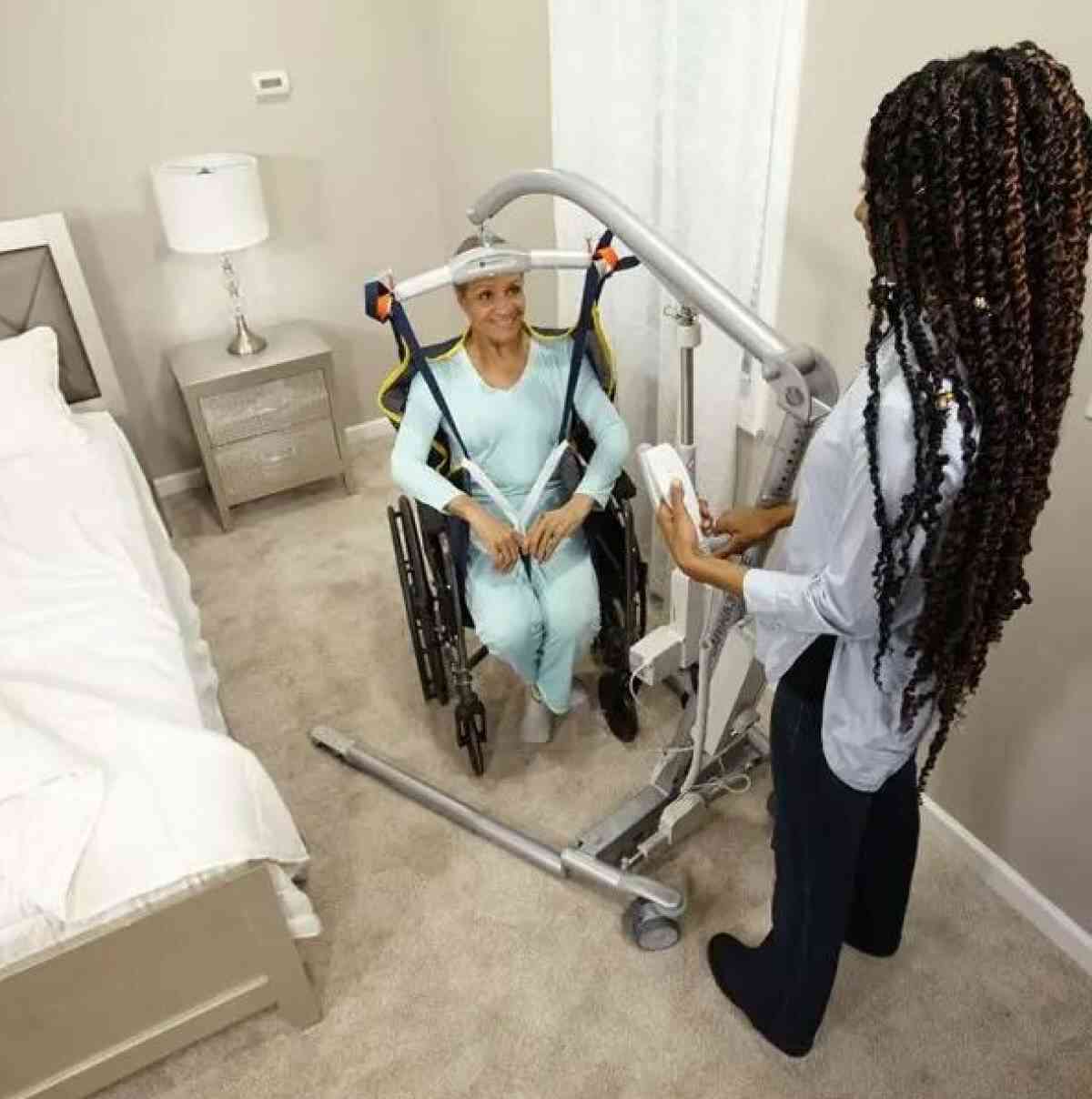Understanding The Different Types Of Medical Lifts And Their Uses
- - Category: Disabilities
- - 16 Feb, 2023
- - Views: 64
- Save

As our population ages and the number of individuals with mobility issues increases, the need for medical lifts continue
As our population ages and the number of individuals with mobility issues increases, the need for medical lifts continues to grow. These lifts are essential for safely transferring patients and residents who cannot move on their own or require assistance. There are various types of new or used medical lifts available, each designed to serve different purposes. In this article, we will explore the different types of medical lifts and their uses.
1. Patient lifts
Patient lifts are designed to help transfer patients from one surface to another, such as from a bed to a wheelchair or vice versa. They are also useful for moving patients from the floor to a standing position. There are two main types of patient lifts: manual and powered.
Manual patient lifts are operated by a caregiver and are typically less expensive than powered models. They are an excellent option for facilities with a limited budget or for patients who require occasional lifting assistance. Powered patient lifts, on the other hand, use a battery-powered motor to lift and move patients. They are a great option for larger patients or for those who require frequent lifting assistance.
2. Sit-to-stand lifts
Sit-to-stand lifts, also known as stand-assist lifts, are designed to help patients who can stand on their own but need assistance getting up from a seated position. These lifts are ideal for patients with weak leg muscles or balance issues, making it challenging for them to stand up on their own. A sit-to-stand lift can provide the support they need to stand up safely.
3. Ceiling lifts
Ceiling lifts are a type of patient lift that is mounted on the ceiling, making them ideal for use in areas with limited floor space. They are typically powered and can be operated using a remote control. Ceiling lifts are an excellent option for facilities with high ceilings or for patients who require frequent lifting assistance.
4. Bath lifts
Bath lifts are designed to help patients get in and out of a bathtub safely. They typically consist of a chair that is lowered into the tub and then raised back out once the patient is finished bathing. Bath lifts are an excellent option for patients with mobility issues who want to maintain their independence when bathing.
5. Hoyer lifts
Hoyer lifts are a type of patient lift that uses a sling to lift and move patients. They are typically powered and can be used for a variety of transfers, including bed to wheelchair, wheelchair to toilet, and floor to standing. Hoyer lifts are an excellent option for patients who require frequent lifting assistance, as they can be used in a variety of settings.
6. Stair lifts
Stair lifts are designed to help patients with mobility issues safely navigate stairs. They are typically installed on a staircase and consist of a chair or platform that is attached to a rail. The patient can sit or stand on the chair or platform and be transported up or down the stairs. Stair lifts are an excellent option for patients who have difficulty navigating stairs due to age or mobility issues.
7. Transfer boards
Transfer boards are a simple yet effective tool for transferring patients from one surface to another. They are typically made of wood or plastic and are used to bridge the gap between two surfaces, such as a bed and a wheelchair. Transfer boards are an excellent option for patients who require occasional lifting assistance or for facilities with a limited budget.
In conclusion, medical lifts are essential for safely transferring patients and residents who cannot move on their own or require assistance. There are various types of medical lifts available, each designed to serve different purposes. From patient lifts to stair lifts and everything in between, medical lifts make it possible for patients with mobility issues to maintain their independence and quality of life. When choosing a medical lift, it is essential to consider the patient's needs and the setting in which it will be used to ensure the best possible outcome.

